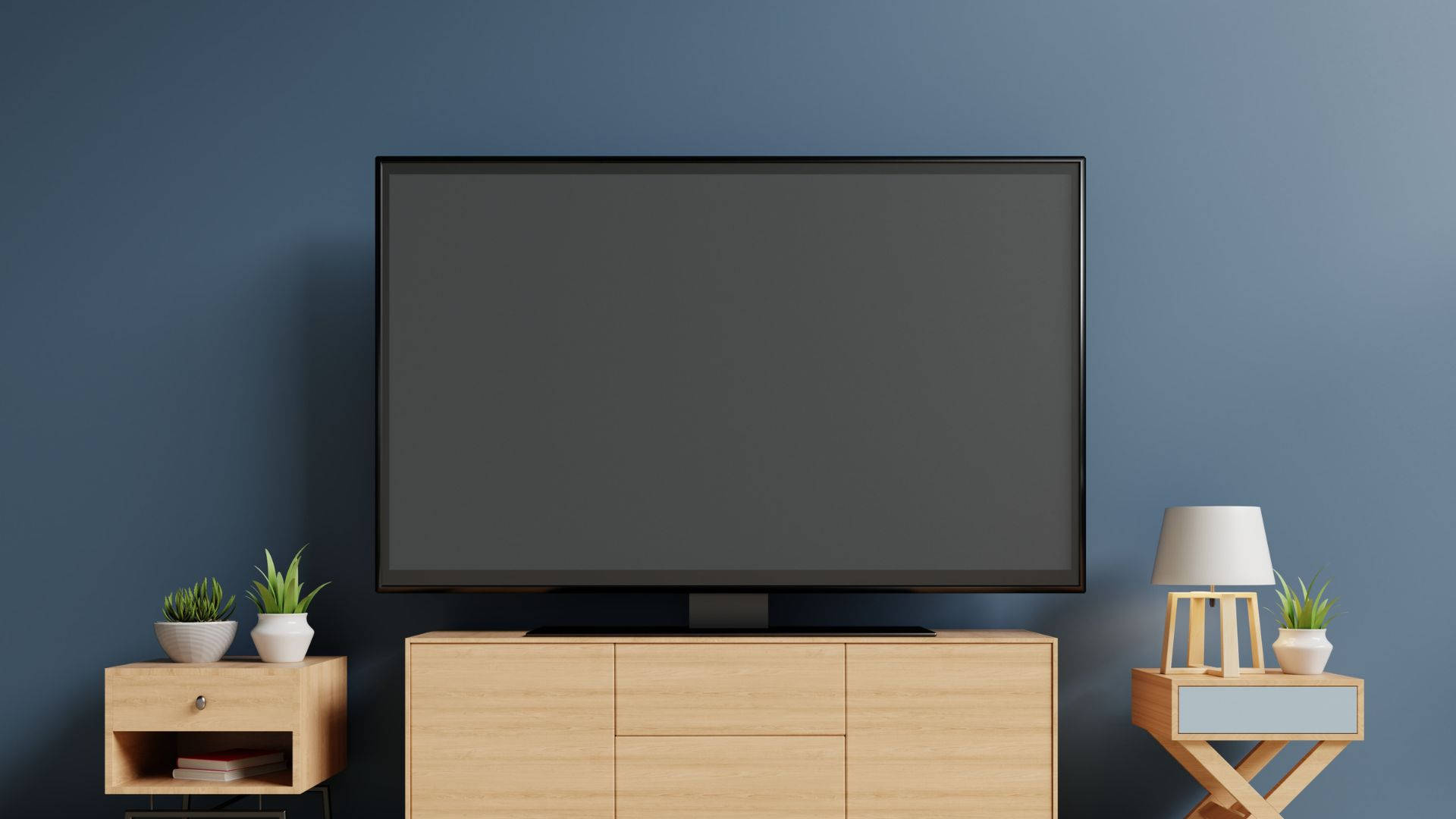All-in-One Desktops vs. Traditional PCs: Which is Right for You?

In the ever-evolving world of technology, choosing the right computing solution for your needs can be a daunting task. Among the myriad options available, the choice between all-in-one desktops and traditional PCs is one that often leaves consumers in a state of indecision. Both of these setups have their own unique advantages and disadvantages, making it crucial to weigh the pros and cons carefully before making a decision. In this blog, we’ll compare all-in-one desktops and traditional PCs to help you determine which one is right for you.
All-in-One Desktops: The Modern Space-Saver
All-in-one desktops, as the name suggests, combine the essential components of a computer into a single sleek and compact unit. These machines typically feature a monitor, CPU, and other hardware elements all neatly integrated into one package. Here are some of the key benefits and drawbacks of all-in-one desktops:
Pros:
- Space Efficiency: All-in-one desktops are a game-changer for those with limited desk space. With no bulky tower and fewer cables, they offer a tidy and clutter-free setup.
- Aesthetic Appeal: These machines are designed with aesthetics in mind. The sleek, minimalist design of all-in-one desktops can elevate the look of your workspace.
- Easy Setup: When you purchase an all in one desktop, the setup process is usually quite straightforward. You only need to plug in the power cord and maybe a keyboard and mouse, and you’re good to go.
- Lower Power Consumption: All-in-one desktops are generally more energy-efficient than traditional PCs, helping you save on your electricity bills in the long run.
- Touchscreen Options: Many all-in-one desktops offer touchscreen capabilities, which can be useful for various tasks, from creative design to casual gaming.
Cons:
- Limited Upgradability: One of the biggest drawbacks of all-in-one desktops is their limited upgradability. Due to their compact design, you’re often stuck with the components that come with the system, and upgrading can be challenging or impossible.
- Performance: While some all-in-one desktops offer impressive performance, they may not match the high-end performance potential of traditional PCs. Gamers and professionals requiring heavy computing power might find them lacking.
- Price: All-in-one desktops tend to be more expensive than traditional PCs with similar specifications. You’re paying for the compact design and aesthetics.
- Repairs and Maintenance: If a component of your all-in-one desktop fails, it can be more complex and costly to repair compared to traditional PCs, where components are easily replaceable.
Traditional PCs: The Customization Powerhouse
Traditional PCs, also known as desktop towers, have been the standard computing solution for decades. They offer a high level of customization and performance potential. Let’s explore the pros and cons of traditional PCs:
Pros:
- High Customization: With traditional PCs, you have the freedom to customize and upgrade individual components, such as the CPU, graphics card, RAM, and storage. This adaptability enables you to customize your system to meet your unique requirements.
- Superior Performance: Traditional PCs can outperform all-in-one desktops in terms of raw processing power. This makes them ideal for tasks that demand heavy computing, such as gaming, 3D rendering, and video editing.
- Cost-Efficiency: Traditional PCs often offer more bang for your buck in terms of performance. You can build a powerful PC with the same budget that might get you a mid-range all-in-one desktop.
- Easier Repairs: When a component in a traditional PC fails, it’s typically easier and more cost-effective to replace or repair it. As a result, the system lasts longer.
Cons:
- Bulky Design: Traditional PCs come with a separate tower, which takes up more space and can lead to a cluttered desktop with numerous cables.
- Complex Setup: Setting up a traditional PC can be more involved, as you’ll need to connect all the components, including the monitor, keyboard, and mouse.
- Aesthetics: While there are sleek and aesthetically pleasing PC cases available, they may not match the minimalist appeal of all-in-one desktops.
- Higher Power Consumption: Traditional PCs tend to consume more power than their all-in-one counterparts, which could result in higher electricity bills.
Choosing the Right One for You
The decision between an all-in-one desktop and a traditional PC ultimately depends on your specific needs, preferences, and budget. Here are some pointers to assist you in making a wise decision:
Choose an All-in-One Desktop If:
You have limited desk space and value a clean and clutter-free workspace.
Aesthetics are important to you, and you prefer a sleek, modern design.
You don’t require heavy computing power for tasks like gaming or professional content creation.
The convenience of an easy setup and lower power consumption appeals to you.
Choose a Traditional PC If:
- You require a high level of performance for tasks like gaming, video editing, 3D rendering, or scientific computing.
- Customization and upgradability are crucial, allowing you to adapt your system over time.
- You’re budget-conscious and want to maximize the value of your investment in terms of performance.
- You’re comfortable with a slightly more complex setup and are willing to manage cables.
Conclusion:
Both all-in-one desktops and traditional PCs have their merits and limitations. Your choice should align with your unique computing needs and your preferences for design and functionality. It’s essential to carefully consider your budget, available space, and the tasks you’ll be performing on your computer before making a decision. And remember, whichever option you choose, you’ll be joining the ever-expanding world of technology, where innovation and change are constant and both types of systems continue to evolve.



